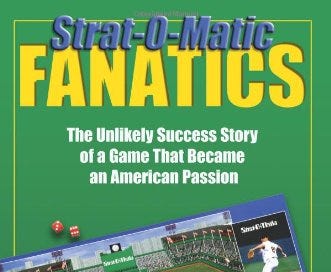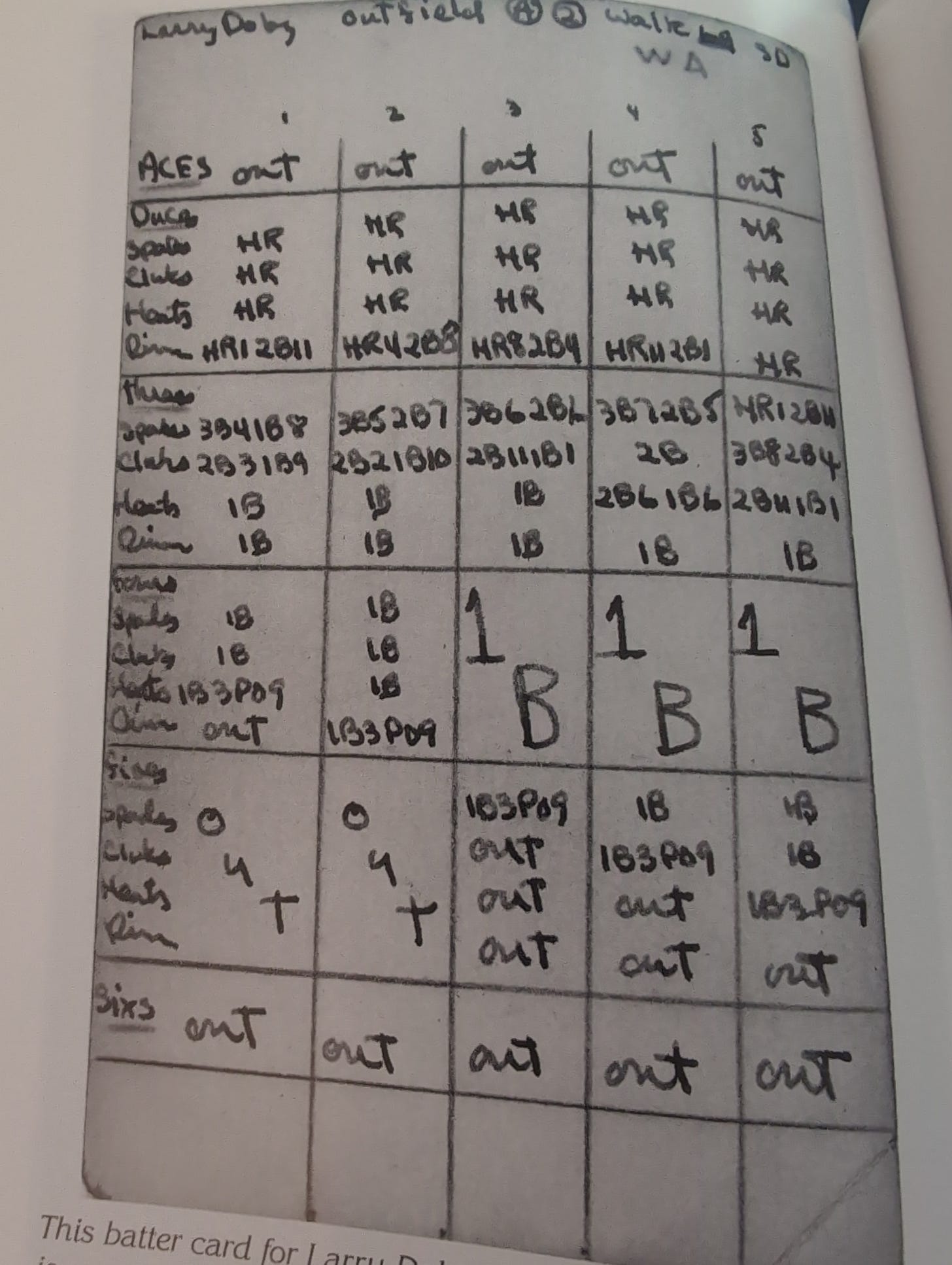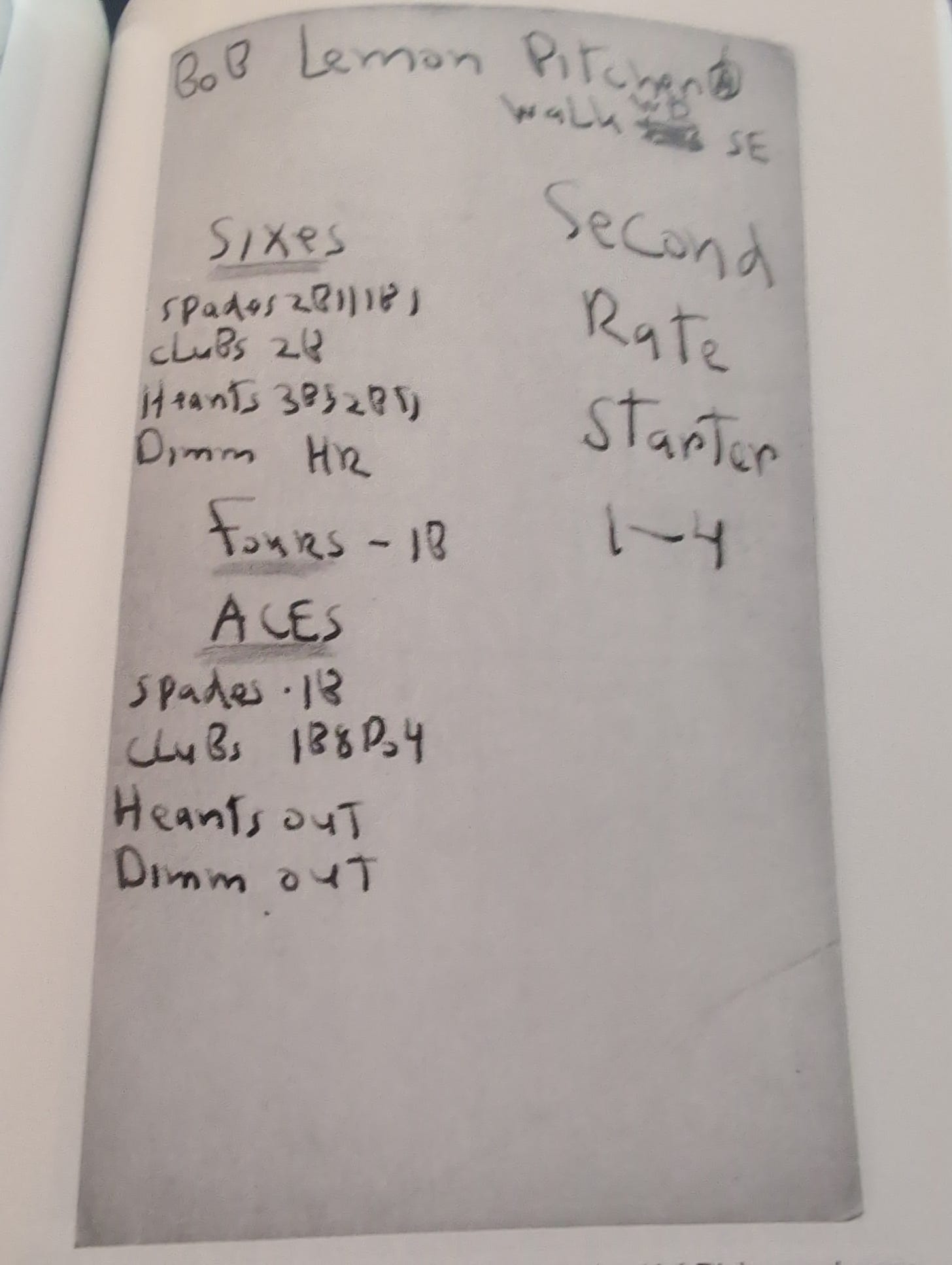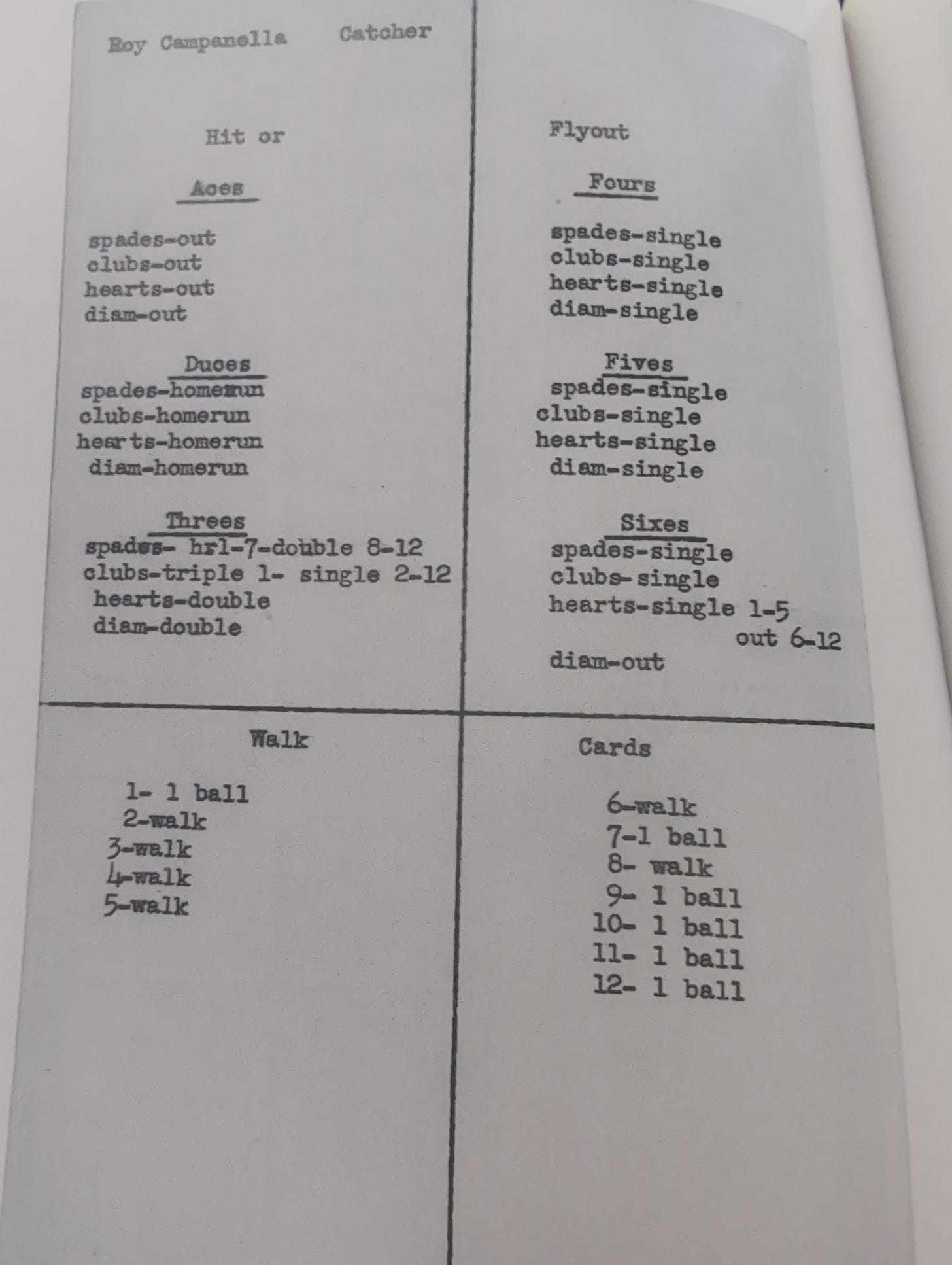Brief Notes From Strat-O-Matic's Prehistory
As part of my recent obsession with Strat-O-Matic’s “founder’s edition,” I’ve been digging back through Glenn Guzzo’s excellent book Strat-O-Matic Fanatics.
If you haven’t read it yet, you’re really missing out. Guzzo’s analysis of the history of Strat-O-Matic is second to none. Every major incident (and quite a few minor ones) are mentioned here.
My only complaint is that Guzzo sometimes is a bit too laudatory towards Hal Richman. However, in exchange for his praise, Guzzo wound up with access to some of the rare holy grails of Strat-O-Matic fandom.
And, in my opinion, chief among those holy grails are the four pictures we’re going to look at today. These are images of cards from baseball sims that Hal Richman pieced together before Strat-O-Matic was born.
You see, Hal Richman didn’t initially set out to create a dice game the way that Clifford Van Beek did. Actually, it seems that Richman was most heavily influenced by All-Star Baseball, the famous old “spinner” game.
We’ll go into more detail later about the impact that All-Star Baseball had on Strat’s first edition. For now, though, we want to look into the card game that Richman created before he decided to use dice alone as an activating mechanism.
The fascinating thing is that Richman decided to use playing cards. And this is obvious when you look at the images of early cards that we have.
This card for Larry Doby, which probably comes from the early 1950s, seems to be the oldest existing card:
Notice that the activation mechanism seems to be divided based on suit and card type. Batters were apparently activated by aces through sixes; I’m assuming that pitchers were activated by the other cards, though I’m not entirely sure.
In fact, this Bob Lemon card, which looks like it was hastily written, doesn’t answer any of the obvious questions you and I would have:
At some point in time, Hal Richman got hold of a typewriter, and started creating cards that were a bit more legible:
Still, the way that the game actually worked is really not clear to me. It seems that there was some sort of split number system, which I presume was activated by two dice rolled and added together.
And this is the final card we have:
Newcombe, of course stopped playing in Major League Baseball in 1958, which gives you an idea of just how old this is.
Guzzo provides a brief description of how this game worked, though there really isn’t much by way of details. And, unfortunately, I don’t really see how the game can be reconstructed from the few cards we have.
But it’s still interesting to look at.








